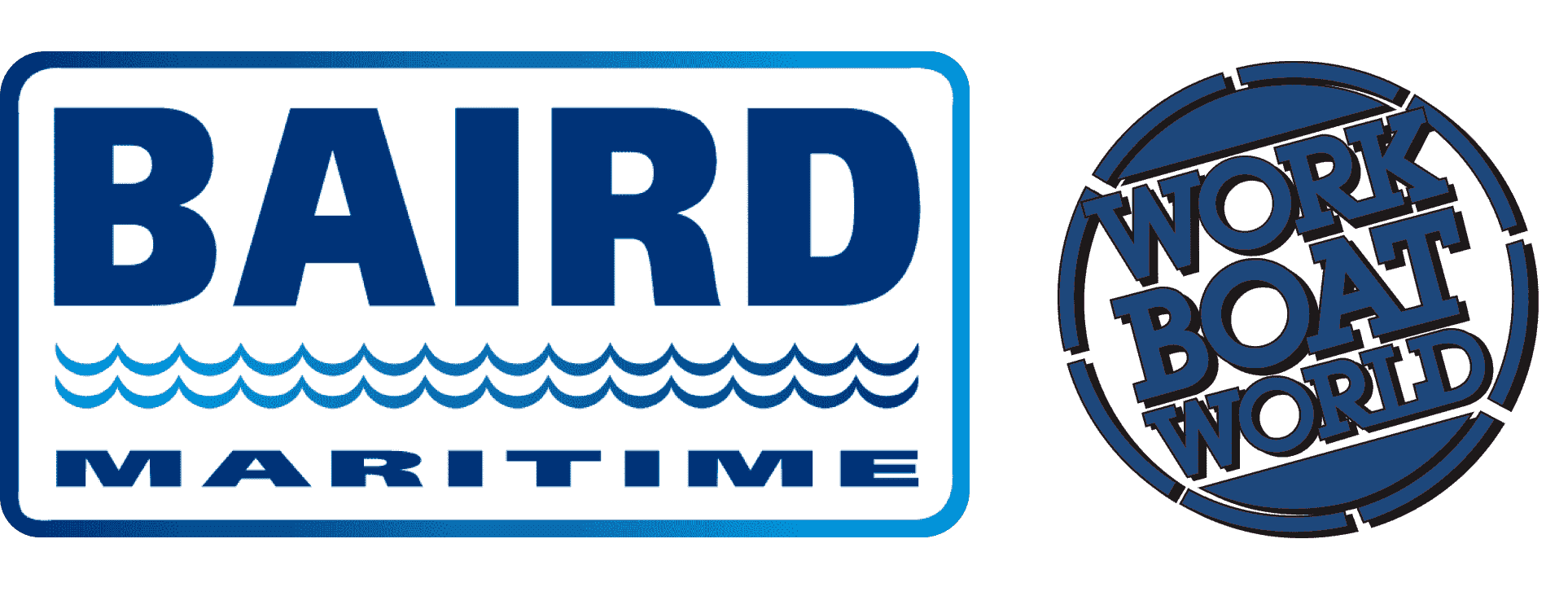VESSEL REVIEW | Finnish-Norwegian partnership introduces electric fish farm crewboat
Finnish boatbuilder Campnou has completed construction of the first vessel in a new range of crewboats designed to support operations at offshore fish farms.
The vessel was designed by Norwegian naval architecture firm Pascal Technologies and Finnish counterpart R2 Marine with funding provided by Norwegian state-managed innovation project Enova.
The fully electric, zero-emission vessel was designed for applications such as personnel transport, accommodating up to eight passengers in addition to the crew.
Advanced hull design that reduces surface resistance
The vessel’s construction is part of a collaborative effort aimed at meeting the growing demand for zero-emission and energy-efficient service and aquaculture vessels. The owner said that the project emphasises the development of sustainable technologies without compromising other key parameters such as range and speed.
The crewboat features Pascal’s proprietary hull design that partially lifts the vessel out of the water by creating an air pocket between the hull and the sea, designed to significantly reduce energy consumption, enabling both higher speeds and greater range.
The hull features a distinctive shape with a cavity underneath. As the vessel picks up speed, this cavity fills with air, effectively reducing the boat's resistance by lifting the hull slightly out of the water.
A lift fan positioned at the bow pumps air into the cavity, generating overpressure that lifts the boat partially out of the water. This fan is optimised for energy efficiency, low noise, and minimal weight, while ensuring steady air pressure and flow.
The air-filled cavity is secured by a hinged flap at the aft, which extends to maintain the air inside the cavity, ensuring optimal performance of the air system.
A ride control system automatically manages the fan and flap, ensuring optimal efficiency. Designed for low energy consumption and a comfortable ride, it operates seamlessly to adapt to changing conditions.
The designers said the technology has the potential to cut the energy consumption of planing vessels by up to 50 per cent compared to traditional hull designs. The design does not sacrifice comfort, but instead employs systems that ensure smooth and efficient movement through the water.
Durable and lightweight construction
R2 Marine said one of the main challenges in the design was integrating the hull’s geometry into the vessel’s structure while ensuring it met performance and safety requirements.
The effectiveness of the hull is closely tied to the vessel’s weight, requiring careful optimisation of materials and construction methods to keep the boat as lightweight as possible without compromising its strength or durability.
To address the weight constraints, R2 Marine adopted practical design choices from the outset. These included replacing traditional welding in specific areas with gluing techniques, which minimised excess material.
The company also reduced the thickness of certain metal structures and replaced non-structural equipment elements with high-performance plastics. These measures ensured the hull could function as intended while maintaining durability and safety.
The crewboat has a length of 12 metres (39 feet), a beam of 3.94 metres (12.9 feet), a draught of only 1.2 metres (3.9 feet), a depth of 1.4 metres (4.6 feet), and batteries with a total capacity of 378 kWh. It can reach service speeds of between 20 and 25 knots, a top speed of 30 knots, and a range of up to 40 nautical miles.
The batteries have AC/DC charging and are compatible with fast charging systems to ensure quicker turnaround. In addition to providing propulsive power, these also supply power for the various onboard systems including a Raymarine radar.


